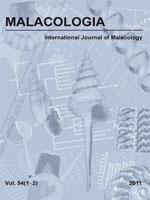FULL PAPERS (11)
RESEARCH NOTE (1)
OBITUARY (1)

No abstract available
No abstract available
